Handling and dosing that’s what it is all about when designing and engineering incinerators for gas, fluids, or solids and in any combination with biomass, waste or sludge's.
With our years of experience as warranty, but also with the solid guarantee of the turn-key conditions, we erect at your site an industrial incinerator as a package unit from our workshop which will be made under the applicable regulations. We can offer you the design, engineering, manufacture, testing at our workshop, the supply, the installation on site and finally the commissioning of a complete industrial incinerator.
This incinerator will meet the governments, yours and our specifications. It will perform as requested and save you money, for years to come.
Solids
- Waste incineration.
- Thermal processing of hazardous waste.
- Activated carbon incineration and mercury recovery.
- Incineration of granulates.
- Fluidised and spouting bed incinerators, especially designed for wastes with a low melting point of the ashes.
All these applications get great benefit from our spouting bed technology. Spouting bed Incinerators have the advantage that no unwanted clogging and/or melting of ashes will occur. Every particle will be combusted floating in the air flow and will be surrounded with sufficient oxygen for a complete combustion. The temperature at every spot in the incinerator can be adjusted within 5 degrees.
This feature made this type of incinerator ideal to destroy dioxins in activated carbon deriving from the flue gas filters of a communal waste incinerator plant in Rotterdam.
After scrubbing, the flue gas, deriving from the communal waste incineration plant, is treated with an activated carbon filter to extract the dioxins and other components that slipped through the scrubbers. Nice side effect; the working efficiency of the gas cleaning plant is consequently increased to almost 100 %. The polluted activated carbon, from the filter has to be treated and dosed to be processed in this specialized spouting bed Incinerator to ensure no dioxins leave the process in any form.
The process is unmanned and fully controlled by a PLC.
Recirculation of flue gas is relatively simple and in the case a combustor is used as incinerator room, within 5 minutes after the start command the incinerator can be on line.
Spouting bed Incinerator to recuperate heavy metals, such as mercury deriving from activated carbon contained in waste laboratory filters.
Fixed bed, soil decontamination oven. 20 tons/hr.
Liquids and Sludges
Liquid waste and all kinds of sludge’s are expensive to be processed by third parties. At a certain yearly amount it will be economically viable to process this residue at your own plant and under your own responsibility. Sometimes however, handling and drying of sludge can be very difficult due to a sticky faze at a certain dry solids contend.
When possible, we better avoid that sticky situation, by integrating drying and incineration in one step of the combustion process.
Spouting bed Incinerators, typically cope with that situation.
The sludge is fragmented, atomised and subsequently directly dosed into the incinerator room.
Floating in the hot air flow inside the incinerator, every particle will be dried and subsequently combusted, while surrounded with sufficient oxygen for a complete combustion. The temperature at every spot in the incinerator can be adjusted within 5 degrees, making the handling of ashes considerable less complicated.
The process is unmanned and fully controlled by a PLC.
Recirculation of flue gas is relatively simple and in the case a combustor is used as incinerator room, within 5 minutes after the start command the incinerator can be on line.
Vapors and combinations
- This equipment will bring a solution for al kinds of problems with odorous, toxic and/or hazardous gasses or air derived from production processes as there are e.g. dryers, oil refineries, cooking stoves, printing presses, wax melting and many other product lines.
- Incinerator for highly hazardous waste, mainly containing hydrocarbon solvents and purge nitrogen safety lines.
- Fume incinerator at foundry, installed on top of the ovens. Lost wax form process with aluminium and titanium. Very high loads of hydro-carbons, up to 2 kg/sec.
EXD / ATEX / Explosion prevention
As Pulse combustors use explosions to function, a robustly build unit is a condition. And as they are self venting, they easily can be shielded off from their environment.
This makes them perfectly fit to be used in high risk explosion zones.
- Liquid Propane filling station.
- Evacuation gas incinerator for filling station at commissioning.
- Zone 0 Incinerator Explosion proof incinerator for hazardous waste
- Incinerator for an offshore oil storage tanker

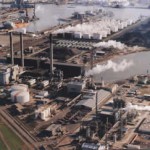
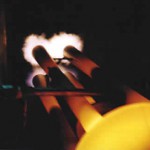
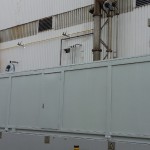
![Container[1] Container[1]](http://www.emgroup.nl/emg/wp-content/uploads/2017/03/Container1-150x150.jpg)
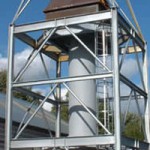
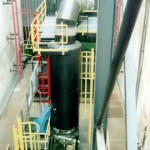
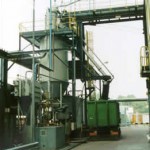
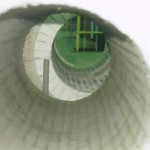
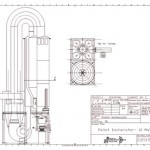
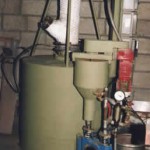
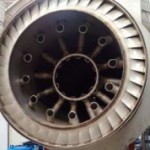
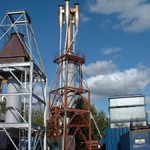
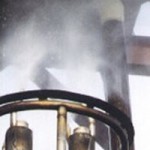
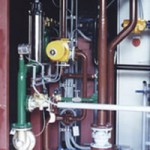
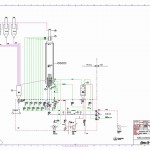
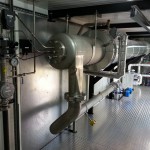
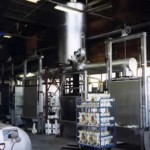
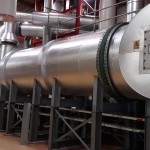
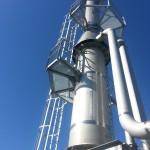
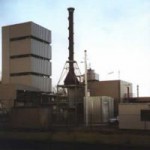
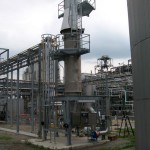
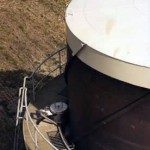
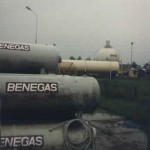
![BENEG1[1] enclosed de gasser ATEX](http://www.emgroup.nl/emg/wp-content/uploads/2017/03/BENEG11-150x150.jpg)